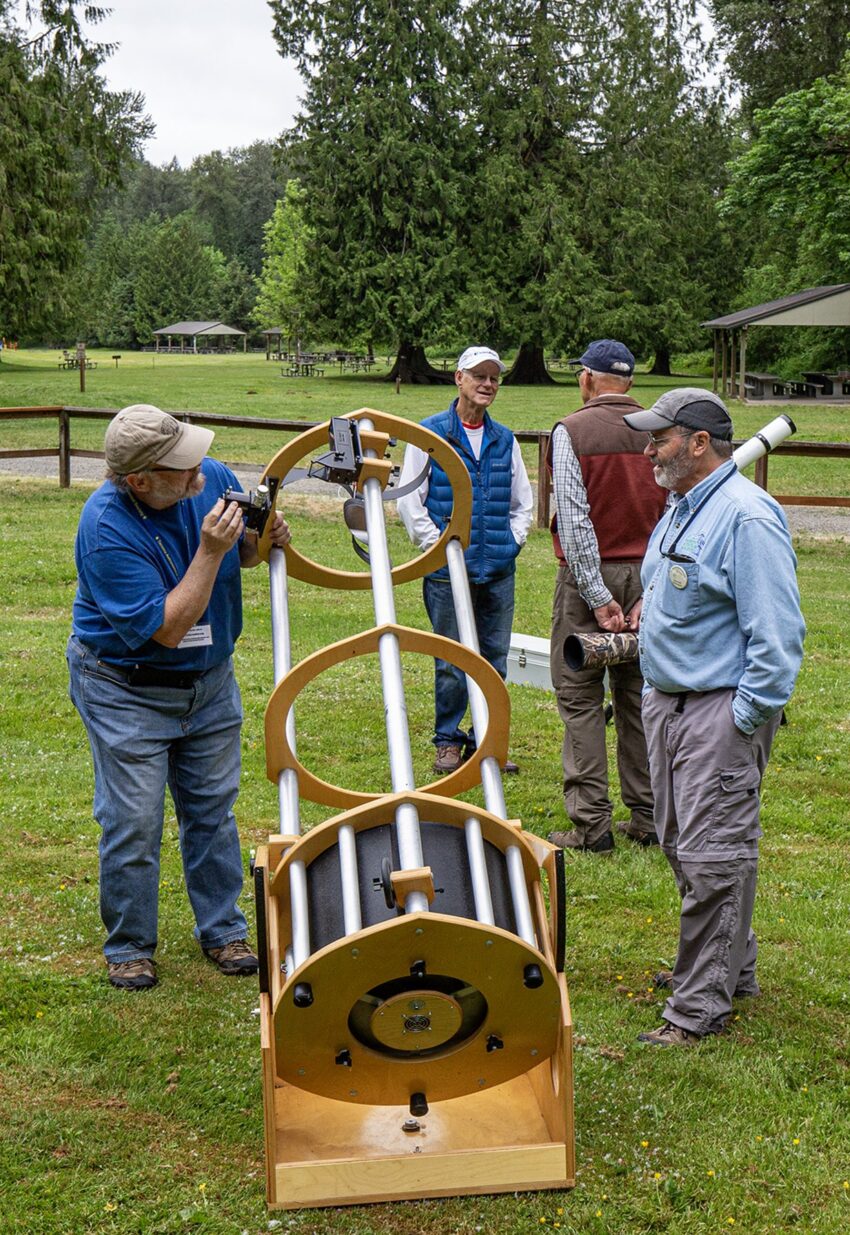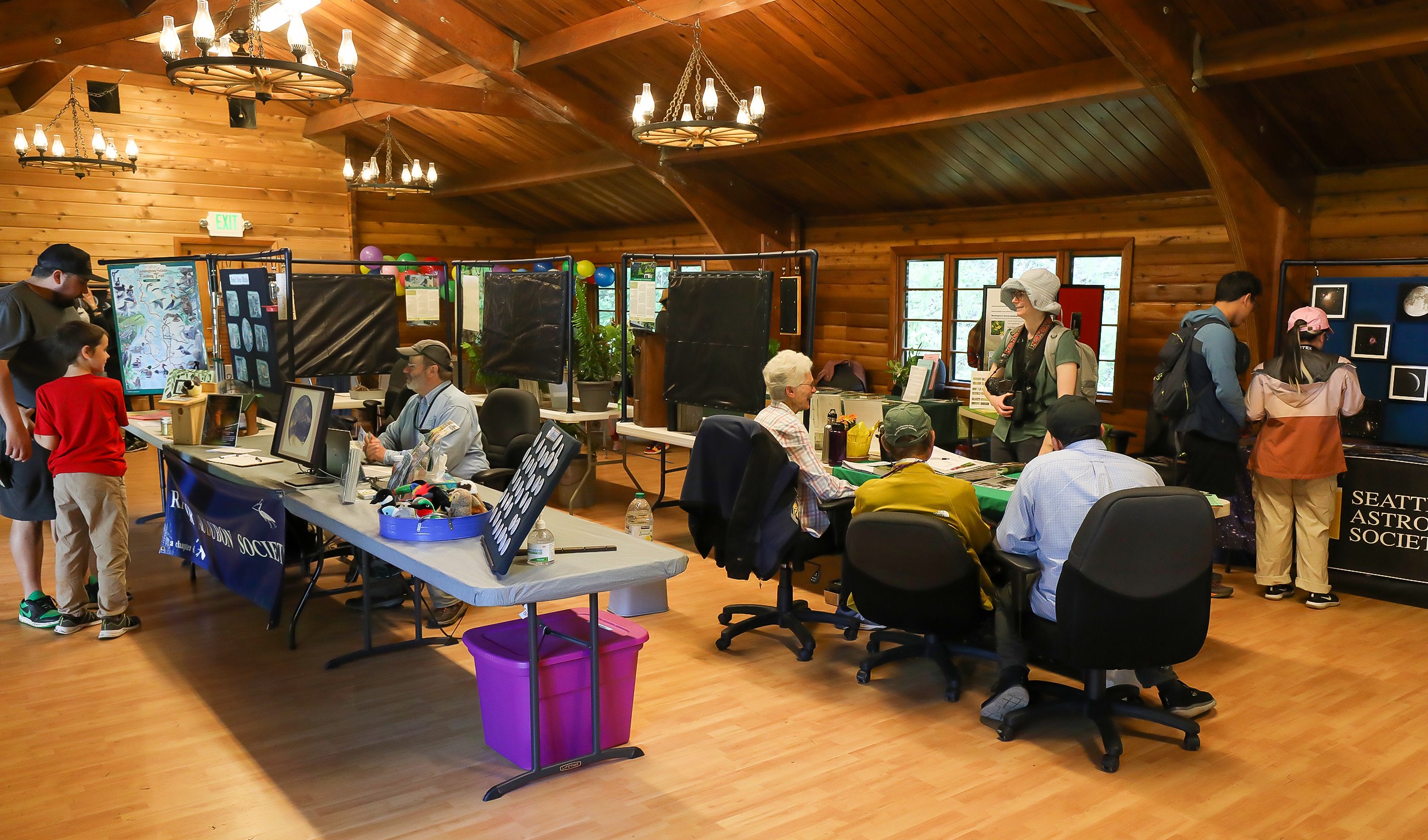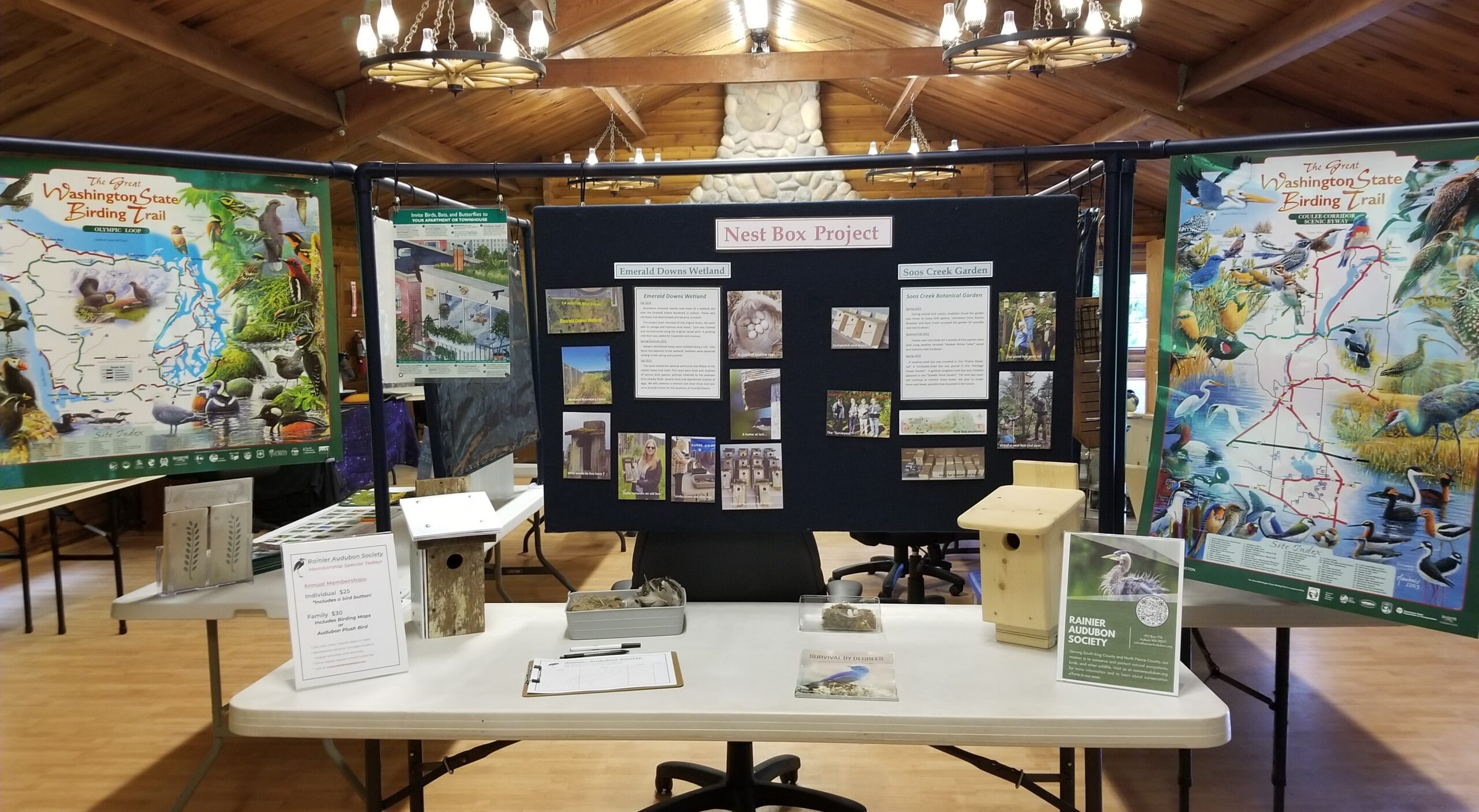

Becoming a Birder
Birding is an engaging hobby that can be done anywhere and everywhere, at any time of day, even at night. It’s an activity enjoyed by individuals, families, and any age group alike. An excellent way to begin is by attracting birds to the yard with native plants, bird feeders, or a water feature. Check out National Audubon for more information on backyard birding. Visit a Wild Birds Unlimited store for bird feeders and a field guide book to help identify what is seen. Another way to learn more is to join your local Audubon chapter’s educational presentations, classes, and field trips. The chapter website may show photos of bird species in the area, which might visit your yard, local birding locations, birding websites, and free birding apps for phones. Some birders keep a list of birds seen in the yard, while others note a species’ first visit in a field guide next to the bird’s picture. Some do no ‘listing’ at all; many take photos instead. There are numerous ways to enjoy birding!
One tool needed right away for birding is a quality pair of binoculars. A lot of information exists online about choosing the right pair. Since this is an investment for many years of use, it’s beneficial to buy the highest quality binoculars possible. It’s all about the glass. Visit Cornell Lab of Ornithology for more information. It helps to actually hold binoculars and look through them while searching for the right pair. This can be done at the Seattle Audubon’s Nature Shop in the Wedgwood neighborhood, 8050 35th Ave. NE, Seattle, WA 98115, 206-523-4483.
Two good sources for learning more about birds and birding are the Cornell Lab of Ornithology’s All About Birds and the National Audubon Society.
Several phone apps are very helpful for developing birding skills, or just identifying birds you see and hear, such as Cornell Lab of Ornithology’s free Merlin Bird ID app, the free Audubon Bird Guide app and Cornell Lab’s free citizen science app eBird.




